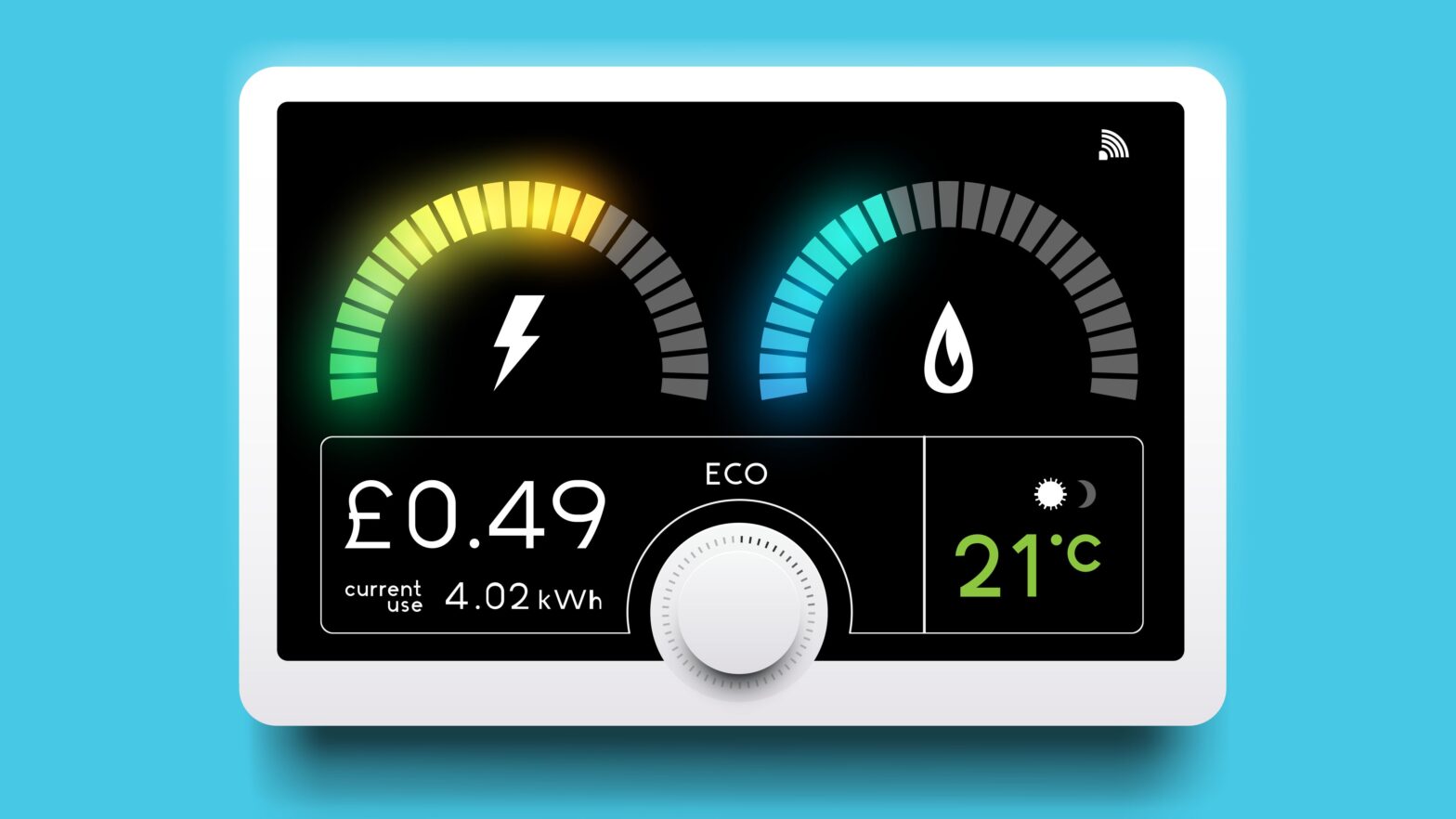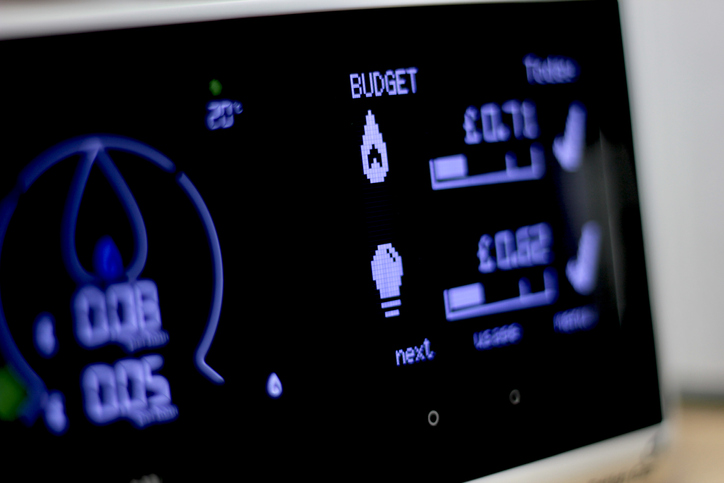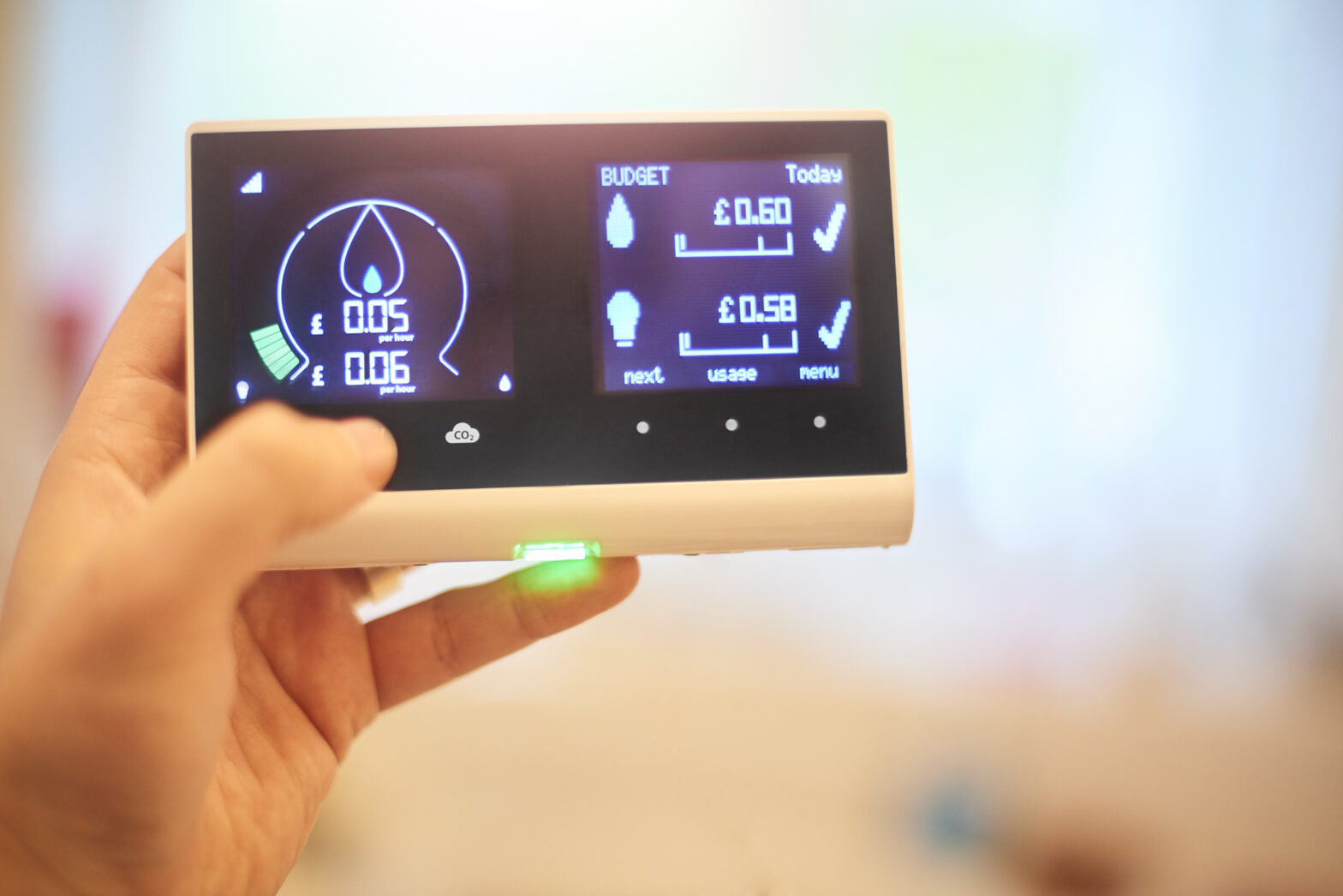Cashflow is a perennial problem for all businesses, but it can be an even more pressing issue for growing businesses.
That’s because if there’s more cash leaving your business than entering it, not only will you struggle to pay regular expenses like bills and salaries, but you won’t have funds available to meet new and increasing demands as you scale. Ultimately, you may have to abandon your growth plans or risk becoming insolvent.
But plugging the gap with finance isn’t the only, or even best, solution for cashflow issues. You should also be looking at preventative measures like effective cashflow management.
Here are our top tips for managing cashflow more effectively.
Update your cashflow forecast
In a growing business, your finances are constantly in flux. That’s why it’s vital to maintain an up-to-date cashflow forecast, which should give you a detailed picture of incomings and outgoings and help you understand whether you have enough working capital to meet your short-term obligations.
It’s simple. All you need to do is:
- Choose a period of time to cover – from a few weeks to a few months, the more data you have to go on and the shorter the timescale, the more accurate it will be
- List your incomings – start with sales, and include everything from tax refunds to investment and grants
- List your outgoings – rent, salaries, stock, tax, bank charges and marketing spend
- Work out your running cashflow – minus your net outgoings from your net income, which will show you whether you’re spending more than you’re taking (negative cashflow) or taking more than your spending (positive cashflow)
- Update it regularly – maintaining an accurate cashflow forecast will help you plan for the future and identify problems before they happen
If you’re struggling with any of this, seek out an accountant.
Re-evaluate and renegotiate
Now that, thanks to your forecast, you have a good overview of your cashflow situation, you can spot opportunities to improve it.
Don’t be afraid to open a dialogue with your clients and see if you can renegotiate payment terms, especially if you’ve been too lenient in the past. And remember, if a business doesn’t pay you on time, you have the right to charge statutory interest of 8 per cent plus the Bank of England base rate.
Likewise, if you know you’re going to struggle to meet your upcoming payments, you can arrange more manageable terms from a supplier. The important thing is to get ahead of the situation rather than letting it get out of hand and souring professional relationships.
Cut costs
Your cashflow forecast will again prove useful in identifying any areas of your business where you could make cost savings. Cost cutting doesn’t have to mean impossible decisions and sweeping changes to your strategy – it could be as simple as switching to a cheaper supplier, reducing marketing spend, or delaying plans until you’re more liquid.
Have a regular health check of your business spending and assess what’s effective and necessary.
Monitor energy usage
Keeping track of how, why, and when your business is using energy allows you to cut down on unnecessary consumption and to incorporate your energy bills into your cashflow forecast.
The easiest way to monitor energy usage is by getting a smart meter installed. Smart meters automatically send accurate gas and electricity readings to your energy supplier over a smart data network. All suppliers offer their business customers free and regular information on their business energy use, via the Supplier’s app or other data platform. This allows you to see in how much energy you’re using by day, week and month.
For example, let’s say you notice that your business is still using a surprising amount of energy outside working hours. You could investigate and discover that you have a lot of devices still switched on and using electricity even when not in use. Now you can encourage your team to switch off equipment when they’re done for the day, cutting down on electricity usage, saving you money and contributing to a healthier cash flow.
You can request a smart meter by entering your supplier’s name into the box below.
Everything you need to know about smart meters for your business – A smart meter is greener and may save your business time and money – here’s how to get one
Use finance
Late payment is one of the major causes of cashflow issues for businesses. Fighting this late payment culture can be like banging your head against a brick wall, but finance can give you the flexibility to keep investing and growing while you wait.
Using invoice finance, you can unlock between 85 per cent and 95 per cent of an unpaid invoice as soon as it’s raised. Once settled, you receive the balance minus a small fee. You can choose either invoice discounting, which remains confidential as you retain control of collecting the payment, or invoice factoring, where the provider will collect the outstanding payment for you.
Or if you’re an importer or exporter, you could take advantage of trade finance, which helps to reduce the risks of international trade. Trade finance is an umbrella term for a variety of financial instruments, but essentially, once a purchase order is confirmed, exporters can get an advance on payment and importers can be extended credit to fulfil the order.
Remember that your ability to secure these types of finance is contingent on you having healthy cash management to begin with. Get that right and use finance to give you flexibility.
Have a backup plan
This comes back to knowing your business. Establish how big your emergency fund should be and stash it away ASAP. It could be a lump sum or a percentage of your earnings put away on a regular basis.
Outside of that, figure out the bare minimum you’d need to run your business during difficult periods. Decide how much you’d need to allocate to each part of the business – think rent, energy bills, payroll, suppliers and other pots that you might want to include. Which ones would take up a larger share of your limited funds? Factor that in when creating a backup plan. Remember, just like your regular cashflow, this contingency plan should be reviewed regularly to give you flexibility.
For more information about the benefits of installing a smart meter in your workplace, visit Smart Energy GB at smartenergyGB.org.
Eligibility may vary.
This article is part of a paid-for information campaign for Smart Energy GB.
More on cash flow management
21 tips for cash flow management – There are two fundamental goals at the heart of improving your cash flow: control your expenditure and regulate your income. To that end, there’s a raft of clever tactics that can enable you to explore expansion opportunities and reduce the chance of being caught short if the unexpected happens





